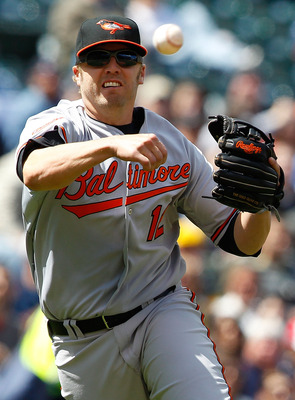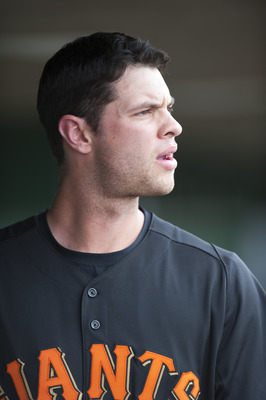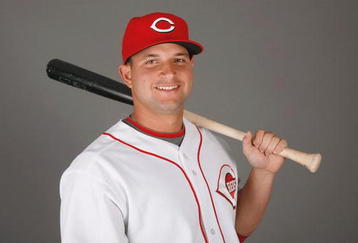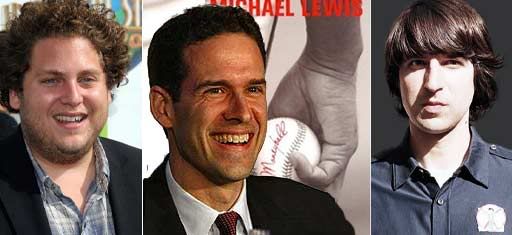Dick Deitz 1970 42 batting runs -20 fielding runsIf Reynolds is able to keep this up, he will be in select company. Dietz was a strong hitter for a few seasons and likely would have been in the Majors longer if he had the benefit of a DH. Torre is arguably a HoFer as a result of his playing days. Burroughs had a somewhat uneven career with really only three solid offensive seasons. Dale Murphy was a bat in search of a position and was likely going to be a sure fire HoFer until his knees quit on him. Bernie Williams is a slightly better version of Dale Murphy. Just as bad of a defender, but a tad better bat and a tad longer career. Although he does have that Yankee glow while Murphy has that pre-Atlanta Dynasty patina.
Joe Torre 1971 62 batting runs -25 fielding runs
Jeff Burroughs 1974 48 batting runs -21 fielding runs
Dale Murphy 1985 44 batting runs -21 fielding runs
Bernie Williams 2002 42 batting runs -22 fielding runs
A 40/-20 club may be a good way to measure a usable player (this is not position weighted though). However, I think there is a certain special something to a 30/-30 club. Mark Reynolds should easily get the offensive side of that equation. He is in the midst of a career offensive year. His defense is just not bad enough at this point. He manages to get to a good number of balls, so that he saves a number of doubles by stabbing the ball even if it is followed by a poor throw. This is especially true with the Orioles defense behind him in left. Anyway, the 30/-30 club is quite small:
Ryan Braun 2007 33 batting runs -35 fielding runsRyan Braun's 2007 season is quite remarkable in that he accomplished this while playing only 113 games. If he had played his normal 155 games he would have had a 45/-48 season. That would have been quite remarkable. The Brewers feared those defensive numbers and shifted him to the outfield where he has shown more aptitude. Jason Bay is not a good defensive outfielder, but his 2008 season may have been a bit of an abnormality. It was somewhat of a surprise when the Mets signed him to play left field for them. Even more of a surprise is that his defense has been passable while the bottom dropped out of his bat. Some thought it had to do with his fly balls not finding enough room in the spacious confines of Citi Field. However, he has been a much much better hitter at home than on the road. Adam Dunn's defense was ignored for a season in Washington, shifted to first, and is now where he belongs as a DH for the White Sox.
Jason Bay 2008 31 batting runs -35 fielding runs
Adam Dunn 2009 34 batting runs -33 fielding runs
Mark Reynolds may be a butcher at third, but his bat covers for him. He may be worth more in left field or at first base. Reynolds played a little bit of left in the minors and does not seem exceptionally bad out there. His first base time in the Majors for Arizona looked quite poor. It might make most sense for the former shortstop to play some outfield. Of course, this means we need a new third baseman and I do not see that available in the system for next year. Perhaps the best course of action is to put up with his poor defense as long as he is getting his walks and hitting home runs.



















